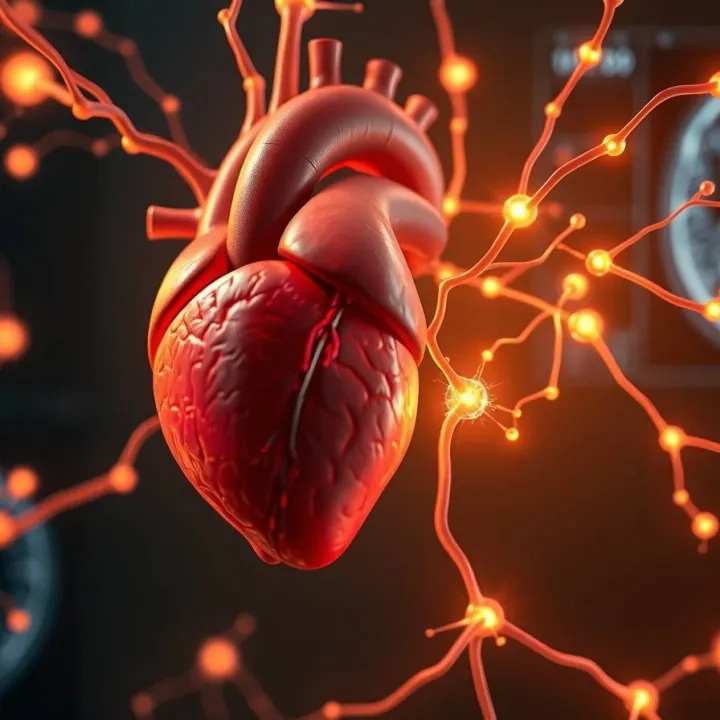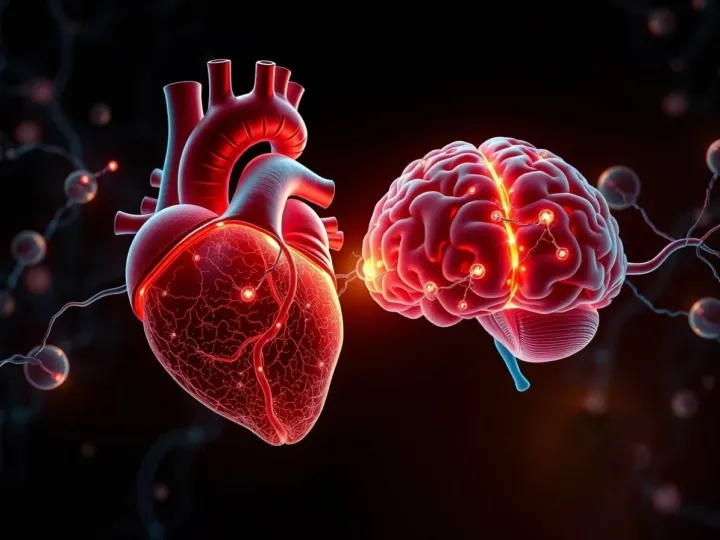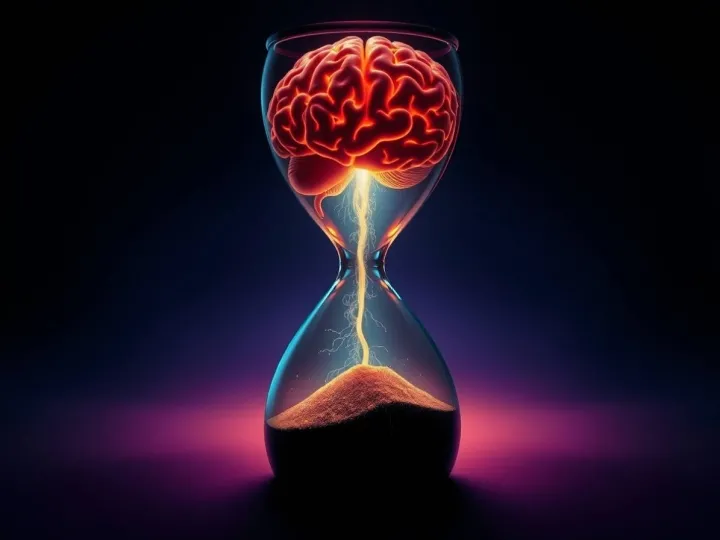The human heart has long been considered a sentinel of mortality. Yet it is only in recent decades that scientists have learned to measure its quietest distress signals - those that never cause chest pain, ECG changes, or even awareness. Cardiac troponin I, a protein released into the blood when heart muscle cells are damaged, revolutionized emergency medicine in the 1990s as the most sensitive and specific marker for diagnosing heart attacks.
Early troponin assays, however, could detect only major injury - frank myocardial infarction. In 2009, the first "high-sensitivity" assays emerged, capable of identifying troponin in healthy individuals at concentrations of just a few nanograms per liter. This technical leap transformed the biomarker's meaning: no longer merely a sign of crisis, troponin became a window into the heart's micro-injuries, the subtle wear and tear that accumulates with age, hypertension, diabetes, and chronic stress.
Clinicians began speaking of "subclinical myocardial injury" - tiny leaks of cardiac proteins signaling ongoing strain even when patients feel fine. Studies soon showed that people with slightly elevated troponin, despite normal ECGs and no symptoms, were more likely to die from cardiovascular causes years later. But how these invisible cardiac signals might influence the brain remained unknown.
The new analysis from Yuntao Chen and colleagues in the Whitehall II study bridges that gap. Between 1997 and 1999, researchers measured high-sensitivity troponin I levels in 5,985 British civil servants aged 45 - 69, then followed them until 2023. Over nearly a quarter century, 606 participants (10.1%) developed dementia.
Even modest elevations predicted risk: for every doubling of troponin I, dementia risk rose 10% (95% CI 3 - 17%). Participants with baseline concentrations above 5.2 ng/L had smaller grey-matter volumes and greater hippocampal atrophy 15 years later - equivalent to an additional 2.7 - 3 years of brain aging. Longitudinal cognitive testing across six study waves confirmed faster decline among those with higher midlife troponin.
Backward-trajectory analysis added a temporal twist: individuals who later developed dementia already showed elevated troponin levels 7 - 25 years before diagnosis. These patterns suggest that chronic, low-grade heart damage may quietly set the stage for neurodegenerative change long before cognitive symptoms appear.
The results echo an emerging consensus that the vascular and neural systems are intertwined far more tightly than once thought. Reduced cardiac output, endothelial dysfunction, and chronic inflammation can all compromise cerebral perfusion. The hippocampus - the brain's memory hub - is particularly sensitive to oxygen and nutrient deprivation. Thus, a "tired" heart may accelerate neurodegeneration not by stroke but by subtle, sustained undernourishment of the brain.
Historically, the search for biochemical signs of heart stress began much earlier. In 1954, Ladue and Karmen identified "serum glutamic-oxaloacetic transaminase" (SGOT, later AST) as a potential heart-damage enzyme. Over the next three decades, clinicians cycled through markers - CK, CK-MB, LDH - each more specific than the last but still prone to false positives. The discovery of cardiac troponins I and T in the late 1980s was a turning point: these proteins existed only in cardiac muscle, making their presence in blood nearly diagnostic of myocardial injury.
By 2010, high-sensitivity assays from Abbott and Roche changed epidemiology itself: almost everyone had measurable troponin, but at different baselines. Researchers realized that even "normal" people had micro-gradients reflecting age, sex, and subtle stressors. Public-health studies began redefining cardiovascular risk not by symptoms but by cellular distress detectable long before disease.
Chen and colleagues extend that timeline from heart to brain. Their findings imply that midlife troponin readings could join blood pressure, cholesterol, and glucose as predictors of later cognitive decline. "The heart's molecular memory may be one of the earliest indicators of dementia risk," write the authors. Importantly, these signals are modifiable: lifestyle, blood-pressure control, and management of metabolic syndrome can all reduce chronic myocardial strain.
As dementia prevention shifts upstream, cardiology and neurology are converging into a single field of "neurocardiology." The Whitehall II results resonate with parallel discoveries: elevations of neurofilament light chain (NfL) - a marker of neuronal injury - are often found in patients with heart failure, while reduced ejection fraction predicts smaller brain volumes. The heart and brain seem to age in synchrony, echoing the same biological tempo.
From the perspective of Seven Reflections' Dimensional Systems Architecture (DSA), this coherence is more than metaphor. The cardiovascular system functions as a rhythmic stabilizer of the organism's internal field - a structural oscillator that maintains energetic and informational alignment across tissues. When micro-injuries accumulate in the cardiac matrix, they introduce irregularities in the field's harmonic baseline. Over time, this incoherence propagates to higher cognitive layers, manifesting as subtle memory decline or emotional dysregulation.
In DSA terms, subclinical myocardial injury represents a disturbance along the L4 - T-4 axis - a mismatch between the physical structure (heart muscle) and the energetic flow maintaining neural stability. The brain's grey-matter loss is thus not merely a downstream consequence of vascular failure but a reflection of field-level desynchronization. Healing, therefore, involves re-entrainment: restoring coherence through rhythm, breath, and metabolic balance, alongside traditional medicine.
The lesson is both scientific and philosophical: what the heart whispers in molecules, the mind remembers in years. By listening to those whispers early - through biomarkers, imaging, and awareness - we may not only prevent dementia but preserve the symphony of systemic resonance that defines living intelligence.






